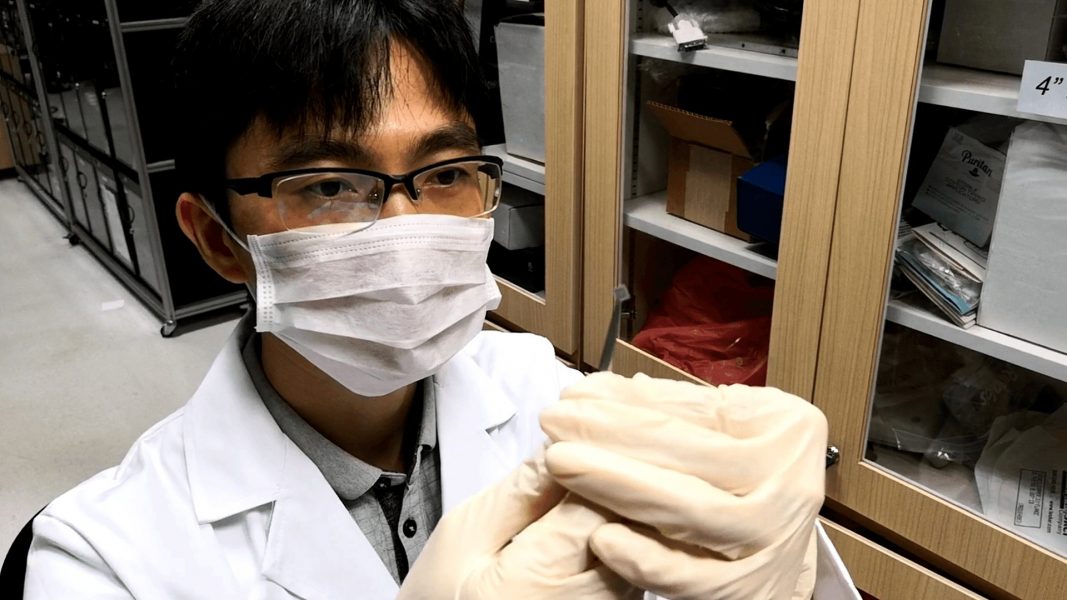Fabricating next-generation electronics requires novel interface engineering strategies. Devices consisting entirely of oxides exhibit materials properties that can be tuned to realize multiple interesting functionalities.
In Advanced Materials, Prof. Ariando, Prof. Thirumalai Venkatesan, and co-workers from the National University of Singapore present strategies for interface engineering in oxide heterostructures towards the development of novel electronic devices.
Prof. Thirumalai Venkatesan: “Today, complex oxides and heterostructures can be grown with atomic layer precision using a variety of techniques, ranging from pulsed laser deposition (PLD), molecular beam epitaxy (MBE), and also atomic layer deposition (ALD).
At the interface of a polar and non-polar oxide, despite the material being band insulators with large bandgaps, one can generate a two-dimensional layer of electrons. The polar discontinuity at the interface is shown to be responsible for the charge reconstruction at the interface.
In addition, despite the absence of magnetic elements, we see a variety of magnetic phases at these interfaces, notably a ferromagnetic phase that persists to room temperature. In the case of an antiferromagnetic layer such as lanthanum manganite, the nature of the magnetism switches abruptly to ferromagnetism after the sixth layer is grown, and this can also be explained by a charge-reconstruction-mediating Zeeman double exchange.
A very efficient spin–charge conversion has been demonstrated using such interfaces, which is of interest for spin-based logic devices. More recently, we have demonstrated the formation of skyrmions at some of these oxide interfaces, and these topological entities may be useful for magnetic memories.
I think this field is continuing to grow with constantly emerging surprises.”
To find out more about engineering oxide interfaces, please visit the Advanced Materials homepage.

















